Introduction
Cash in financial accounting serves as the quintessential asset that fuels the engines of commerce. It is the lifeblood of business, enabling companies to meet their immediate obligations, invest in growth opportunities, and provide returns to stakeholders. In this comprehensive article, we will delve into the various facets of cash in financial accounting, its significance, and how it is managed within the framework of financial reporting.
I. Understanding Cash in Financial Accounting
Cash in financial accounting encompasses physical currency, such as banknotes and coins, as well as cash equivalents that are readily convertible into known amounts of cash. It includes cash on hand, cash in bank accounts, and highly liquid investments with maturities of three months or less from the date of purchase. Cash equivalents are typically short-term investments that are low-risk and provide a stable source of liquidity.
Physical currency, such as banknotes and coins, is the most recognizable form of cash. It includes legal tender that is widely accepted for transactions and serves as a medium of exchange. Physical currency represents the tangible representation of cash and is held by individuals and businesses for various purposes, including day-to-day transactions and emergency needs.
Cash on hand refers to the actual cash that a company possesses physically, such as the cash stored in cash registers, safes, or petty cash funds. It represents the immediate liquidity available to meet small expenses or make change during cash transactions. Cash on hand is particularly important for retail businesses that deal with cash payments on a daily basis.
Cash in bank accounts is a vital component of cash in financial accounting. It includes the funds held in checking accounts, savings accounts, and other deposit accounts with financial institutions. Companies deposit their cash into bank accounts to ensure its safety, earn interest (in the case of savings accounts), and facilitate transactions through checks, electronic transfers, and other payment methods.
Cash in bank accounts provides businesses with convenient access to their funds while offering security and transparency. It enables efficient cash management, such as making payments to suppliers, receiving customer payments, and payroll processing. Bank accounts also serve as a primary source for reconciling cash balances and verifying the accuracy of cash transactions.
Cash equivalents are highly liquid investments that are readily convertible into known amounts of cash. They typically have maturities of three months or less from the date of purchase. Cash equivalents are low-risk and provide a stable source of liquidity to companies. Examples of cash equivalents include Treasury bills, commercial paper, and money market funds.
Cash equivalents offer a balance between liquidity and potential returns on short-term investments. They provide an opportunity for companies to earn some interest on their excess cash while maintaining the ability to convert them into cash quickly when needed. Cash equivalents play a vital role in cash management strategies, allowing companies to optimize their cash holdings and minimize idle cash.
In summary, understanding cash in financial accounting involves recognizing the various components that encompass it. It includes physical currency, cash on hand, cash in bank accounts, and cash equivalents. Each component serves a specific purpose in ensuring liquidity, facilitating transactions, and providing flexibility for businesses. Proper management and reporting of these cash components are critical for accurate financial analysis and decision-making.
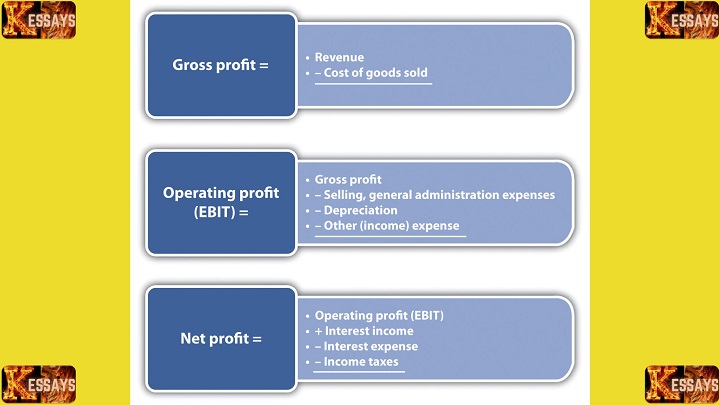
II. Significance of Cash in Financial Accounting
A. Assessment of Liquidity
In financial accounting, liquidity refers to a company's ability to meet its short-term obligations and fund its day-to-day operations. Cash plays a vital role in assessing a company's liquidity position and is considered the most liquid asset. Let's delve deeper into the assessment of liquidity and the significance of accurately reporting cash in financial accounting.
Cash as a Current Asset
Cash is recognized as a current asset on a company's balance sheet, appearing as the first item under the current assets section. Current assets are those that are expected to be converted into cash or consumed within one year or the operating cycle, whichever is longer. By classifying cash as a current asset, financial accounting emphasizes its importance in determining a company's ability to meet short-term obligations.
Importance of Accurate Reporting
Accurately reporting the amount of cash in financial accounting is essential for stakeholders, including investors, creditors, and management. It provides valuable insights into a company's liquidity position and its ability to fulfill immediate financial commitments. Stakeholders rely on this information to assess the financial health and short-term solvency of a company.
Liquidity Ratios
Financial analysts and stakeholders use liquidity ratios to evaluate a company's liquidity position. Two commonly used liquidity ratios are the current ratio and the quick ratio (also known as the acid-test ratio). Both ratios compare a company's current assets to its current liabilities.
The current ratio is calculated by dividing current assets by current liabilities. A higher current ratio indicates better short-term liquidity, as it signifies that a company has more current assets to cover its current liabilities. Cash plays a significant role in driving up the current ratio, as it is the most liquid asset readily available to meet obligations.
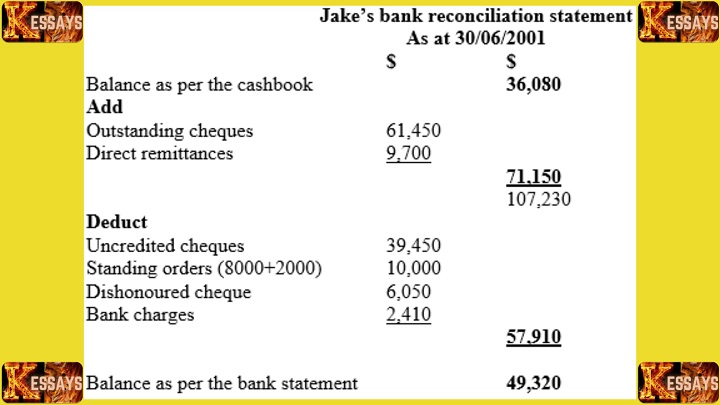
The quick ratio, on the other hand, is calculated by excluding inventory from current assets and dividing the result by current liabilities. This ratio provides a more conservative measure of liquidity, as it focuses on assets that can be quickly converted into cash. Cash, along with cash equivalents, is a key component of the quick ratio, as it represents the most readily available source of liquidity.
Cash Flow Statement
The cash flow statement is a crucial
financial statement that provides insights into the sources and uses of cash over a specific period. It categorizes cash flows into three main activities: operating activities, investing activities, and financing activities.
The operating activities section of the cash flow statement reflects the cash generated or used in day-to-day operations, such as cash received from customers and cash paid to suppliers. This section demonstrates a company's ability to generate cash from its core business activities.
By analyzing the operating cash flow, stakeholders can determine whether a company has sufficient cash to cover its operating expenses, interest payments, and income tax obligations. It also helps assess the company's ability to fund future growth and investments.
Managing Liquidity Risk
Accurate reporting of cash in financial accounting is vital for managing liquidity risk effectively. It enables companies to identify potential cash shortages, develop appropriate strategies to mitigate risk, and maintain adequate cash reserves to meet obligations during uncertain times.
Companies may use cash forecasting techniques to estimate future cash flows, allowing them to anticipate potential shortfalls or surpluses. By monitoring and managing cash levels, companies can optimize liquidity, ensuring that they have sufficient cash to meet their immediate obligations without holding excessive idle cash.
Assessing liquidity is essential for understanding a company's ability to meet short-term obligations and fund its operations. Cash, as a current asset, holds great significance in financial accounting, with accurate reporting providing valuable insights to stakeholders. By recognizing the importance of cash and its role in liquidity assessment, businesses can make informed decisions, manage liquidity effectively, and maintain their financial stability.
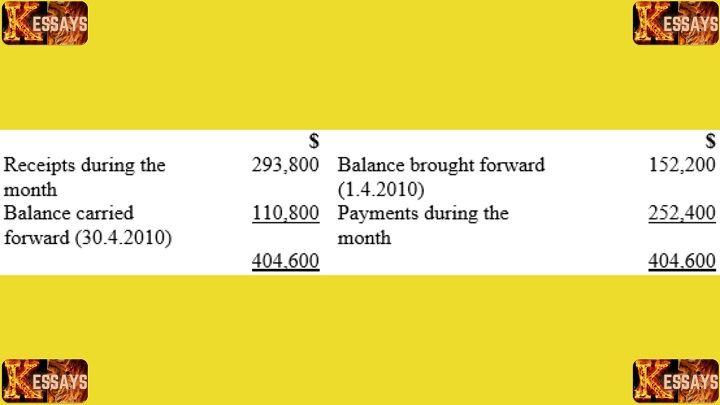
B. Facilitation of Day-to-Day Operations
Cash in financial accounting serves multiple purposes within an organization. It facilitates day-to-day operations by allowing businesses to make necessary payments for goods, services, and operating expenses. For example, a retail company requires cash to pay suppliers, while a manufacturing firm needs cash to purchase raw materials and pay wages. Without sufficient cash, companies may face difficulties in maintaining their operations and fulfilling their commitments.
- Payment to Suppliers: Cash is vital for businesses to fulfill their payment obligations to suppliers. Whether it's a retail company purchasing inventory or a service-based organization outsourcing specific tasks, having cash on hand ensures that timely payments can be made. Suppliers often require payment in cash or cash equivalents, making it crucial for businesses to have readily available funds to maintain positive relationships and secure the necessary supplies.
- Purchase of Raw Materials and Inventory: For manufacturing companies, cash is essential for procuring raw materials and maintaining inventory levels. Cash allows them to pay suppliers for the raw materials required in the production process. Without sufficient cash, businesses may face difficulties in acquiring the necessary inputs, leading to production delays or interruptions.
Similarly, businesses in the retail sector rely on cash to purchase inventory and maintain stock levels. Cash is used to restock shelves, ensuring that products are readily available for customers. Insufficient cash reserves can impede the replenishment of inventory, resulting in empty shelves and potential loss of sales.
- Employee Wages and Benefits: Cash in financial accounting is crucial for meeting payroll obligations. Businesses need cash to pay employee wages, salaries, bonuses, and other benefits. Timely payment of employee compensation is vital for maintaining a motivated workforce and ensuring employee satisfaction. Without adequate cash, businesses may struggle to meet payroll commitments, leading to employee dissatisfaction and potential legal issues.
- Operating Expenses: Operating expenses, such as rent, utilities, insurance premiums, and maintenance costs, require cash for timely payment. These expenses are necessary for the day-to-day functioning of a business. Cash allows organizations to meet these obligations promptly, ensuring the continuity of operations. Insufficient cash reserves can result in delayed payments, affecting business relationships and potentially leading to service disruptions.
- Petty Cash: Cash in financial accounting also includes a small amount of cash known as petty cash. This fund is typically maintained by companies to cover minor expenses, such as office supplies, employee reimbursements, and small incidental costs. Petty cash ensures that these small, immediate expenses can be met without the need for complex approval processes. Having sufficient cash in the petty cash fund streamlines the reimbursement process and allows for efficient expense management.
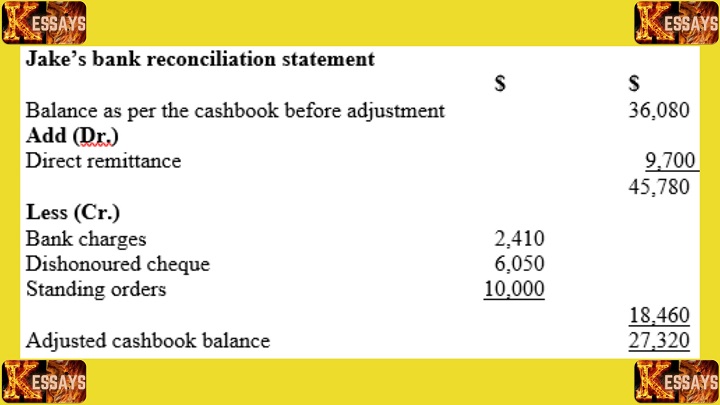
Challenges Without Sufficient Cash: Insufficient cash reserves can pose significant challenges for businesses in their day-to-day operations. Without enough cash, organizations may face the following difficulties:
- Inability to pay suppliers on time, leading to strained relationships, potential supply disruptions, and loss of discounts or favorable terms.
- Delays in acquiring raw materials or inventory, affecting production schedules and potentially leading to customer dissatisfaction due to product unavailability.
- Difficulties in meeting payroll obligations, leading to employee dissatisfaction, reduced productivity, and potential legal consequences.
- Late payment of operating expenses, potentially leading to service interruptions, strained relationships with service providers, and potential penalties or legal issues.
- Inefficient management of petty expenses, resulting in delays or disruptions in minor operations and inconvenience for employees.
Cash in financial accounting plays a crucial role in facilitating day-to-day operations within an organization. It enables businesses to make necessary payments to suppliers, purchase raw materials and inventory, meet payroll obligations, and cover operating expenses. Adequate cash reserves ensure the smooth functioning of operations, allowing companies to fulfill their commitments and maintain positive relationships with stakeholders. Without sufficient cash, businesses may face challenges that hinder their operations and overall success.
C. Measurement of Financial Performance
Cash in financial accounting plays a vital role in measuring a company's financial performance. The cash flow statement, one of the key financial statements, provides a comprehensive view of how cash moves within an organization over a specific period. It classifies cash flows into three categories: operating activities, investing activities, and financing activities.
Operating activities involve cash transactions related to the core business operations, such as revenue from sales, payments to suppliers, and salaries paid to employees. Investing activities include cash flows associated with the acquisition and disposal of long-term assets, such as property, plant, and equipment, as well as investments in other companies. Financing activities encompass cash flows resulting from the issuance or repayment of debt, issuance of equity, or payment of dividends.
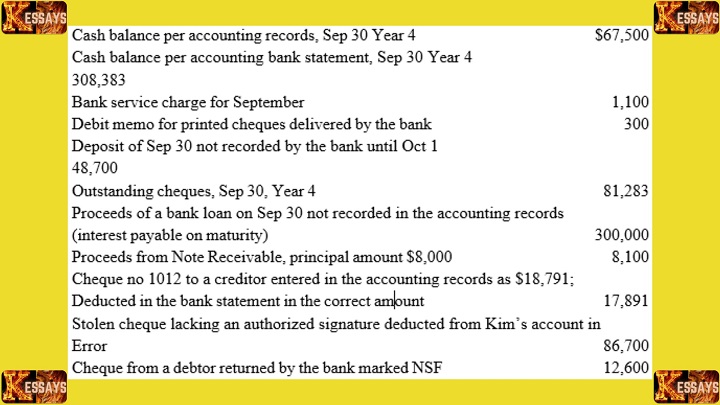
The cash flow statement demonstrates the net increase or decrease in cash during a period, reconciling the opening and closing cash balances from the balance sheet. It reveals whether a company is generating sufficient cash from its core operations, investing wisely, and managing its financing activities effectively. By analyzing the cash flow statement, stakeholders can assess a company's cash-generating ability, evaluate its investment decisions, and gauge its financial health.
III. Management and Controls
A. Internal Controls
Cash in financial accounting is subject to various controls and safeguards to ensure its proper management. Companies implement robust internal control systems to protect cash from theft, fraud, and misappropriation. For instance, segregation of duties ensures that different individuals are responsible for handling cash receipts, cash disbursements, and reconciling cash balances, reducing the risk of unauthorized activities.
B. Cash Forecasting
Cash management involves optimizing cash levels to strike a balance between the opportunity cost of holding excess cash and the risk of cash shortages. Companies employ cash forecasting techniques to estimate future cash inflows and outflows, enabling them to make informed decisions regarding cash reserves, investment opportunities, and short-term financing needs. Effective cash management helps minimize idle cash, increase investment returns, and mitigate liquidity risks.

Conclusion
In financial accounting, cash is not just an accounting entry or a number on a balance sheet. It represents the tangible resource that enables businesses to operate, grow, and thrive. By diligently monitoring cash in financial accounting, companies can make informed decisions, maintain liquidity, and enhance their overall financial performance. Understanding the significance of cash and implementing proper controls and management practices are essential for sustainable success in today's dynamic business environment.

 The quick ratio, on the other hand, is calculated by excluding inventory from current assets and dividing the result by current liabilities. This ratio provides a more conservative measure of liquidity, as it focuses on assets that can be quickly converted into cash. Cash, along with cash equivalents, is a key component of the quick ratio, as it represents the most readily available source of liquidity.
The quick ratio, on the other hand, is calculated by excluding inventory from current assets and dividing the result by current liabilities. This ratio provides a more conservative measure of liquidity, as it focuses on assets that can be quickly converted into cash. Cash, along with cash equivalents, is a key component of the quick ratio, as it represents the most readily available source of liquidity.

 Challenges Without Sufficient Cash: Insufficient cash reserves can pose significant challenges for businesses in their day-to-day operations. Without enough cash, organizations may face the following difficulties:
Challenges Without Sufficient Cash: Insufficient cash reserves can pose significant challenges for businesses in their day-to-day operations. Without enough cash, organizations may face the following difficulties:
 The cash flow statement demonstrates the net increase or decrease in cash during a period, reconciling the opening and closing cash balances from the balance sheet. It reveals whether a company is generating sufficient cash from its core operations, investing wisely, and managing its financing activities effectively. By analyzing the cash flow statement, stakeholders can assess a company's cash-generating ability, evaluate its investment decisions, and gauge its financial health.
The cash flow statement demonstrates the net increase or decrease in cash during a period, reconciling the opening and closing cash balances from the balance sheet. It reveals whether a company is generating sufficient cash from its core operations, investing wisely, and managing its financing activities effectively. By analyzing the cash flow statement, stakeholders can assess a company's cash-generating ability, evaluate its investment decisions, and gauge its financial health.
